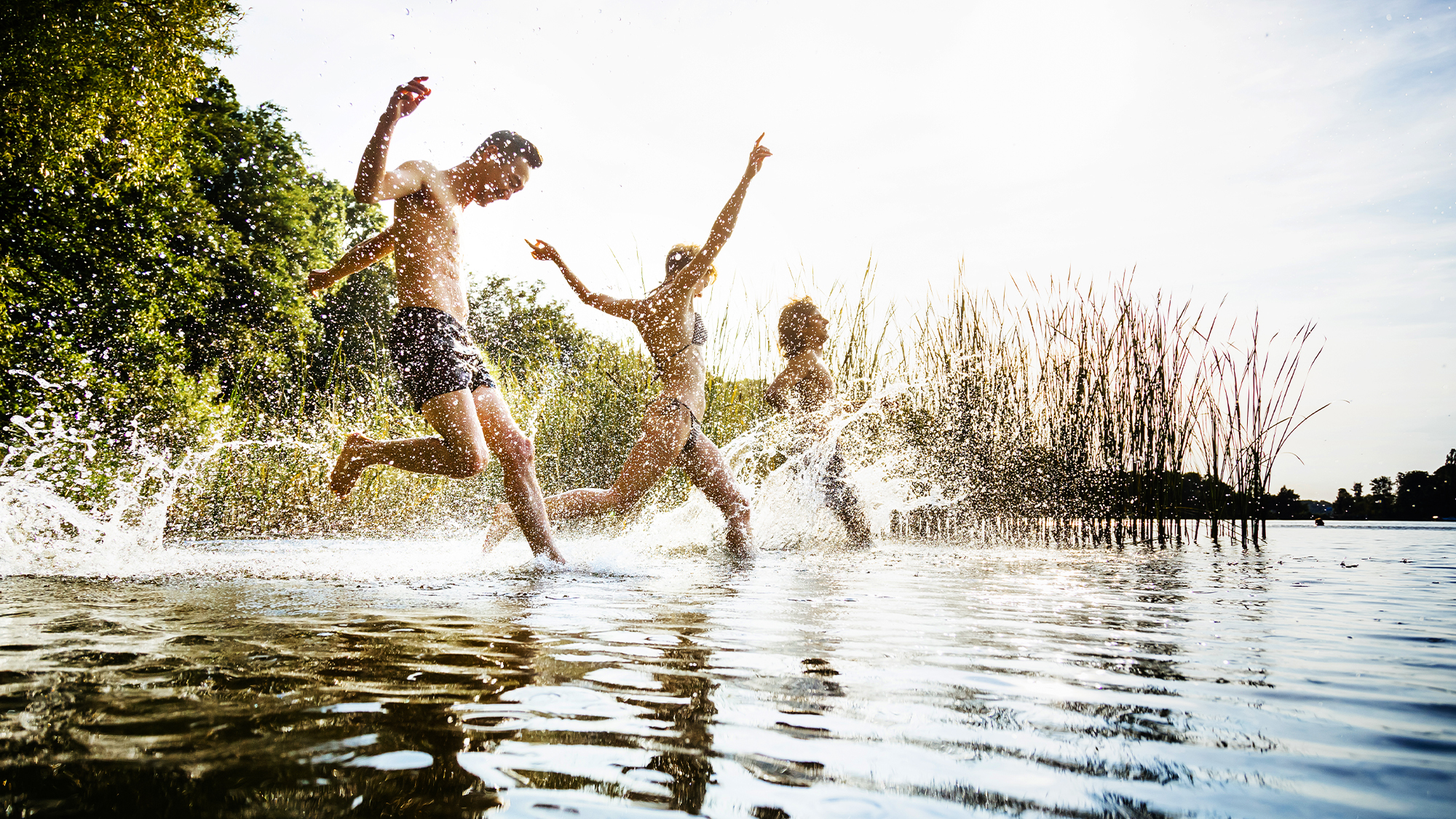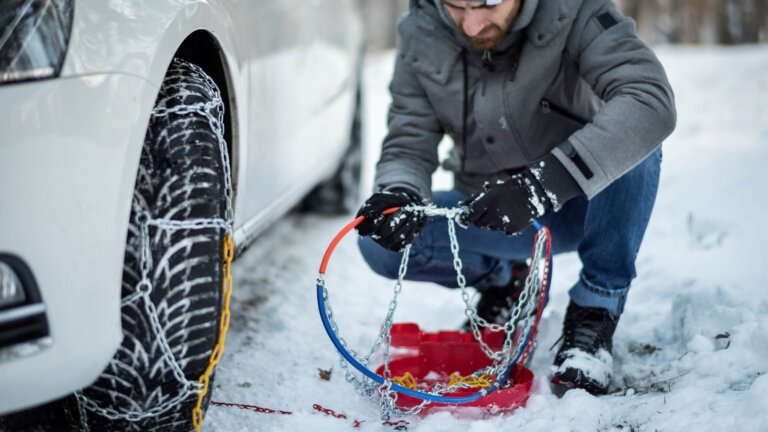Know the water. Know your limits. Stay alert. Just because you can swim in a swimming pool, it doesn’t mean you can swim just as well in open water. What’s different? The current, the vegetation, the rocks, the often colder water temperature, the sudden changes in depth, the difficulty of estimating distances.

Know the water
Its temperature, its current and above all what it is hiding under the surface.
Cold water can be dangerous
You only need to be in the water 5 to 15 minutes to slow blood circulation in your extremities. Your feet and hands go numb and muscle activity slows.
The small mountain lake or river streaming straight from the glacier may look beautiful in a photo, however if you really want to cool off, do it carefully.
- Bear in mind the risk of hypothermia.
- Stay close to the bank, with other people watching.
- Limit the time you’re in the water.
Deceptive calm
Calm rivers may hide strong currents, rocks and tree branches. In a canyon or valley, the water level may rise suddenly after rain upstream.
- Before getting in, ensure you are in a swimming area.
- Check for submerged objects.
- Watch out for potential dangers.
- Never dive or jump into shallow waters or those you are not very familiar with.
Know your limits
Numerous drowning victims know how to swim, but swim if you go too far or get the cramps, you can panic c and lose control. Swimming in a lake or river is more difficult than in a swimming pool. Fatigue can creep up on you and make it harder to get back to the bank.
- If you’re tired, quickly find a place to rest out of the water.
- Don’t drink any alcohol, because its effects can be exacerbated by the weather and quickly leave you exhausted.
- Stay where your feet can touch the bottom.
- Learn lifesaving and first aid techniques.
- Explain to your children that swimming in open water is different from swimming in a pool.


